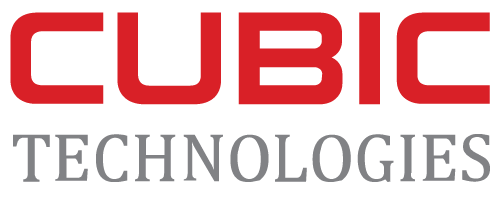H-1B Visa & The Tech Industry
H-1B Visa Applicants on the Rise. Tech Industry Expected To Grow. What does all this mean?
Like clockwork, every April there are thousands of submissions for the pool of H-1B Visa program. Employers are constantly trying to fill the demand for highly skilled employees, and every year there are plenty of positions that are left vacant. The H1-b Visa allows these vacancies to be filled by foreign-educated individuals. A total of 85,000 of the submissions are available for hire through a lottery system, that is controlled by the USICS. Over the past few years, the USICS has reported to received 200,000 petitions within the first weeks. U.S. companies like Amazon and Google are some of the Tech leaders in receiving benefits from the H-1B Visa program, granting foreign individuals the availability to come and work in the U.S. even if it’s for a limited number of years.
What Is the H-1B Visa Petition Process?
In running a business, we encounter endless obstacles. From figuring out tasks, project management to having the right technology and the right software engineer to puzzle it all together. The H-1B Visa process allows employers to seek out highly educated foreign professionals with bachelor's or master's degree to fill in these specialized roles. The length of time an H-1B visa holder can stay in the US is 3 years. However, it can be extended to a max of six years.
H-1B workers, The Tech Industry, and the Market-place
The big tech industry has been on the rise over the last few years. With innovators and big tech companies constantly pushing the boundaries of today's market-place. Consumerism and technology companies require finding highly skilled workers to meet the demand of the market. With every year opportunities are left vacant, causing a strain in the workplace. Simply put, US native-born workers can't 100% fulfill the gap for these tech career opportunities. H-1B Visa allows these big tech companies to fill the vacancies with highly skilled foreign talent.
In recent years the United States has established a robust and energetic economy that involves both foreign and native workers with a wide variety of highly needed skills. The H-1B Visa is not only a ticket into the U.S. workforce, but also an economic driver to help out our industries meet demand and opportunity. Science, Technology, Engineering, and Math (STEM) are the top industries that have benefited from many foreign-born workers. Foreign H-1B applicants have taken notice of this opportunity, since it was implemented in 1990, causing a massive pool of available talent. All hoping that they are selected through the limited lottery system for a chance at the American dream.
How does Foreign Employment Impact the U.S Employment?
Regardless of the current political narrative about foreign workers stealing jobs from native-born employees, analysis show with convincing proof that H-1B Visa programs and others alike have positively driven the US economy. Thus, creating more opportunities and positive economic impact that allows expansion of jobs, opportunity, and advancement. However, not all programs are flawless. One current obstacle the STEM industry and H-1B program faces is the need to find more native-born talent to fill in these new opportunities that have developed as a byproduct. Overall, programs like the H-1B Visa have not only driven our economy and created more opportunities. But, the H-1B program has positively increased wages in their perspective industries.
STEM Industries Expected To Grow
At the end of the second quarter of 2015, over 8 million jobs belonged to the STEM industry.
That's about 6% of the U.S. employment. In 2018 there were over 2 million STEM industry-related jobs that were going to be vacant. (https://ssec.si.edu/stem-imperative)
Our opportunity? Studies and research suggest that expansion of the H-1B Visa program could lead the economy in positive growth and create over a million job opportunities in the incoming years.
Azeem Marediya

